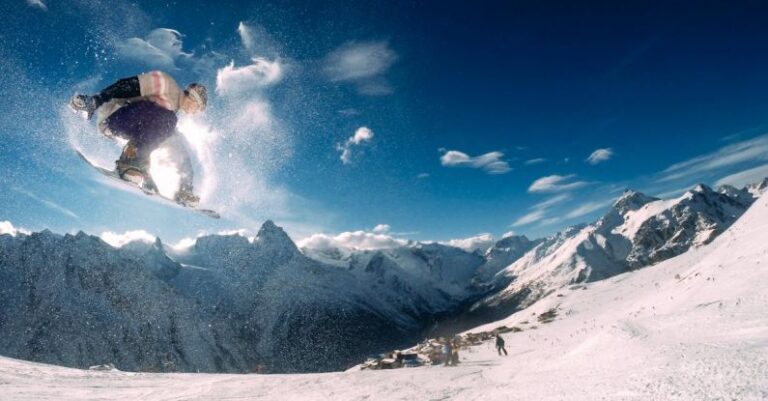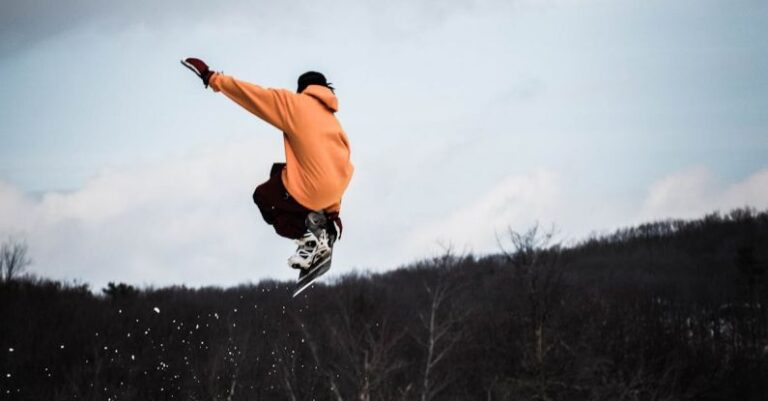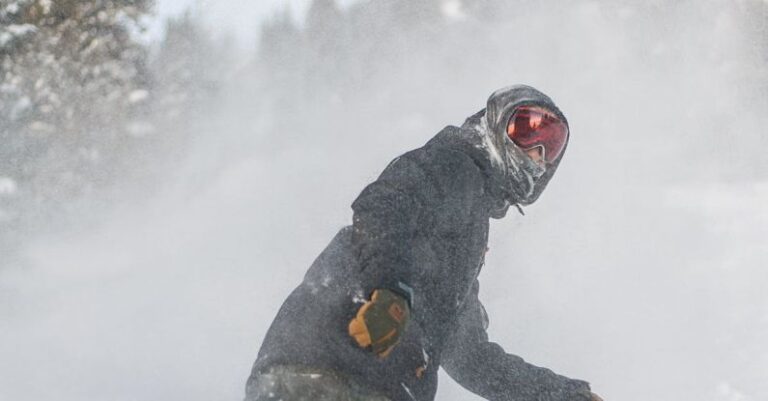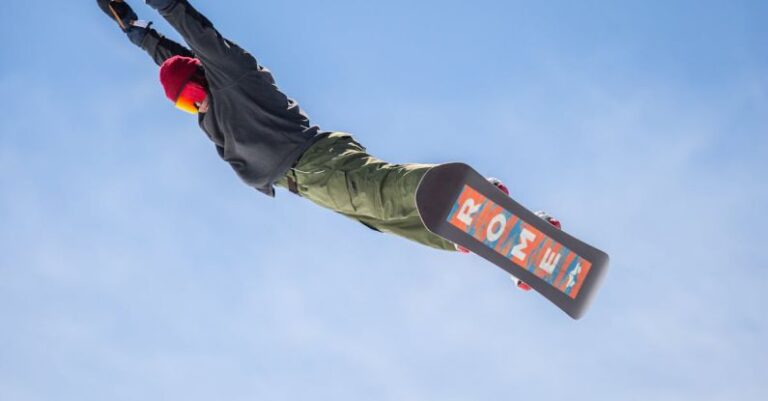
Snowboarding is an exhilarating winter sport that attracts millions of enthusiasts around the world. Whether you are a seasoned snowboarder or a beginner looking to hit the slopes, one common question that often arises is, “Can you snowboard in any type of snow?” The answer to this question is not as straightforward as it may seem. While snowboarding is possible in various snow conditions, the type of snow can significantly impact your experience on the mountain.
Understanding the different types of snow and their impact on snowboarding can help you make the most of your time on the slopes. Let’s delve into the various snow conditions and how they can affect your snowboarding experience.
Powder Snow: The Holy Grail for Snowboarders
Powder snow, often referred to as the holy grail for snowboarders, is a favorite among enthusiasts for its light, fluffy texture. This type of snow is ideal for snowboarding as it provides a smooth and cushioned ride, making it easier to glide through the snow with minimal resistance. Powder snow is especially popular among freeride snowboarders who enjoy carving through fresh tracks in untouched snow.
Riding on powder snow requires a different technique than riding on groomed slopes. To make the most of powder snow, snowboarders need to lean back slightly to keep the nose of the board afloat and prevent it from sinking into the snow. Additionally, using a wider stance and keeping a balanced posture can help navigate through powder snow more effectively.
Spring Snow: A Slushy Challenge
As the winter season transitions into spring, snow conditions on the mountain begin to change. Spring snow, also known as slush, is characterized by its wet and heavy texture. While spring snow can offer a fun and playful riding experience, it can also present some challenges for snowboarders.
Riding on slushy snow requires strong edge control and precise movements to navigate through the softer terrain. Snowboarders may find it more challenging to maintain speed and control on spring snow compared to other snow conditions. However, with the right technique and adjustments to your riding style, spring snow can still provide an enjoyable snowboarding experience.
Icy Snow: A Test of Skill and Precision
Icy snow conditions present a different set of challenges for snowboarders. Known for its hard and slick surface, icy snow requires advanced riding skills and precise control to maneuver down the mountain safely. Snowboarders may encounter icy patches on groomed slopes or in areas where the snow has been compacted and refrozen.
To navigate icy snow conditions, snowboarders need to focus on their edge control and weight distribution. Maintaining a lower center of gravity and using sharp, precise turns can help increase traction on icy surfaces. Additionally, choosing the right equipment, such as snowboards with sharp edges and stiff bindings, can enhance your performance on icy snow.
Mixed Snow Conditions: Adapting to the Elements
In reality, snow conditions on the mountain are rarely consistent, and snowboarders often encounter mixed conditions that require them to adapt and adjust their riding technique accordingly. Mixed snow conditions can include a combination of powder, slush, ice, and groomed slopes, presenting a diverse terrain that challenges snowboarders to be versatile in their approach.
When faced with mixed snow conditions, snowboarders can benefit from being adaptable and flexible in their riding style. Switching between different techniques, such as adjusting your stance, edge angles, and turn shapes, can help you navigate through varying snow conditions with confidence and control.
Conclusion: Embracing the Diversity of Snow
In conclusion, the question of whether you can snowboard in any type of snow ultimately comes down to your skill level, experience, and willingness to adapt to different snow conditions. While each type of snow presents its own set of challenges and rewards, embracing the diversity of snow can enhance your snowboarding experience and make you a more versatile rider. By understanding how different snow conditions impact your performance on the mountain and honing your skills to suit varying terrain, you can make the most of every snowboarding adventure, regardless of the snow beneath your board. So, next time you hit the slopes, be prepared to shred through powder, slush, ice, and everything in between – because that’s what makes snowboarding an exciting and dynamic sport.





